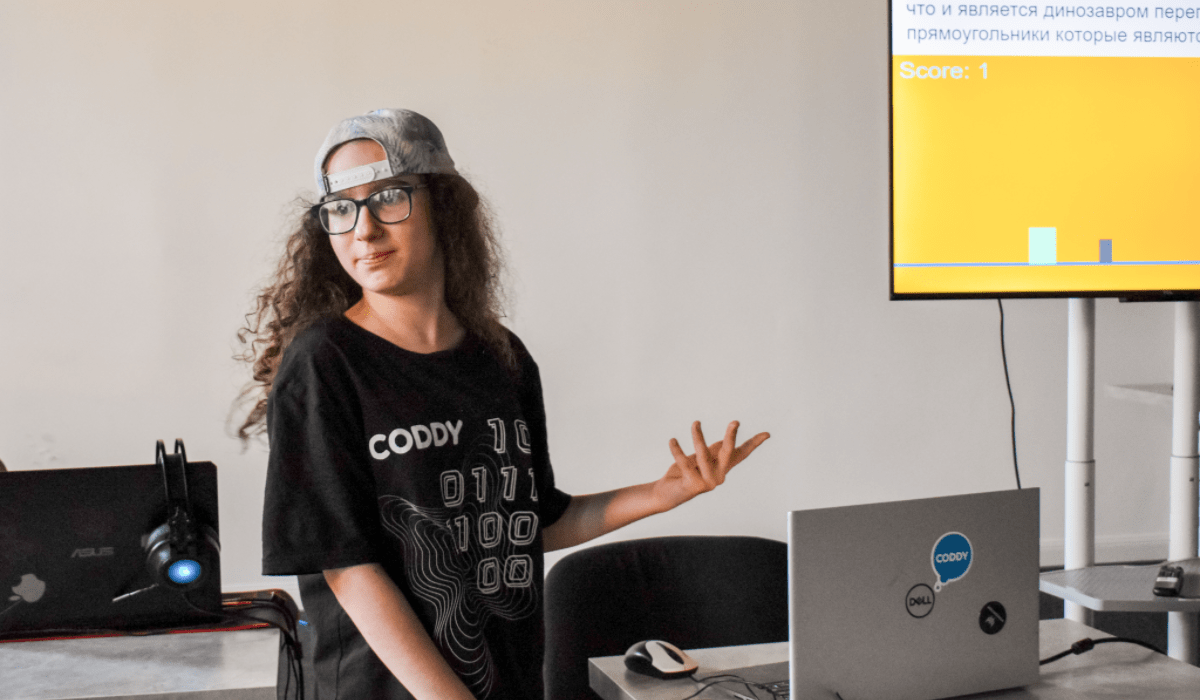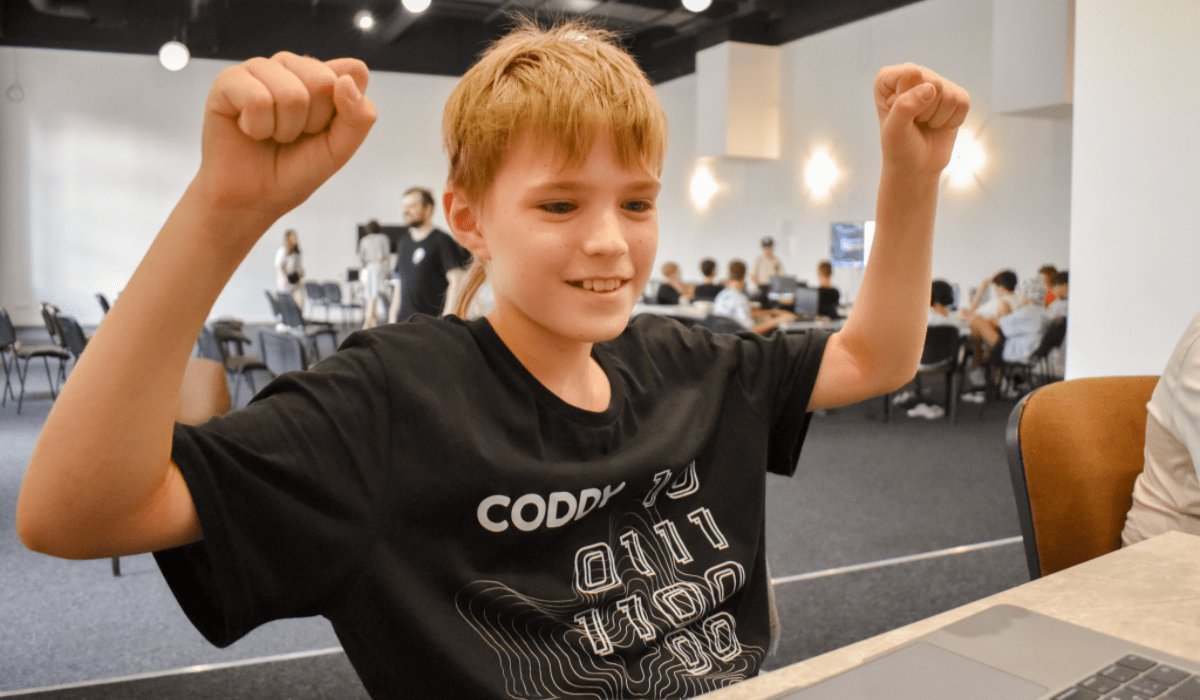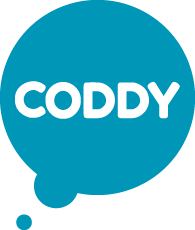Be honest. When someone says “math,” what comes to mind? Rows of numbers, dull equations, and maybe that haunting feeling from school days? Yeah, same. But what if I told you math doesn’t have to be boring? It can be fun—yes, fun. And Python? That effortless yet mighty programming language? It might just be the bridge that connects kids to math in a way that finally clicks.

Python Turns Numbers into Stories
Kids love stories. Facts? Not so much. Python gives them the chance to turn numbers into adventures they create themselves.
Take multiplication, for example. Instead of memorizing tables for hours, a child can write a simple Python program to calculate how much “fuel” a spaceship needs to get to the moon. Boom! Suddenly, boring multiplication has a purpose. Numbers on a worksheet? Transformed into rocket fuel.
Give kids a reason to care. That’s when the magic happens.
Those “Aha!” Moments
You know what I’m talking about—those flashes of understanding where everything just clicks. Remember when percentages finally made sense (outside of spotting sale discounts)? For many of us, that was later than we’d like to admit.
Python gives kids more of those “aha!” moments—and faster.
For instance, loops in Python? They’re basically math in motion. Imagine writing a loop that calculates and displays the squares of numbers from 1 to 10. Watch their eyes light up as they see math unfold. And the best part? They don’t want to stop there. They tweak numbers, add features, experiment more. They don’t just learn—they discover.

Breaking the “I’m Bad at Math” Myth
Here’s a story I love telling. One of our CODDY students said something we’ve all heard before (and maybe even said ourselves): “I’m bad at math.” This was a bright, curious child, but math? Nope. Nada.
We took a different tack. Instead of formulas, we introduced her to Python through a fun lesson on graphing. Using the matplotlib library, she learned how the equation y = 2x + 3 draws a straight line on a graph. Then, she got to play—changing the numbers, making colorful graphs, experimenting.
“I’m bad at math” quickly became, “Can we graph more equations to see what happens?”
That’s the beauty of Python. It helps kids experience math in a way that’s creative and pressure-free. Mistakes aren’t scary—they’re part of the fun.
Making Math Real
And here’s the best part. Python doesn’t just teach math—it makes it relevant.
Raise your hand if you’ve heard a kid ask, “Why do I even need to know this?” Honestly, a valid question when it comes to calculating the length of a triangle’s hypotenuse. But Python shifts that narrative.
Want to teach probability? Have them create a dice-rolling simulation. Need to explain geometry? Write a program to draw shapes on the screen. Kids finally see how math connects to the real world. Games, apps, daily tech—it all starts making sense.

It’s Simpler Than You Think
You don’t need to be a coding genius to get kids started with Python.
Even eight-year-olds can grasp the basics. Python’s syntax is clean and straightforward, using words like print, if, and while. It’s practically welcoming them in, saying, “Hey, you’ve got this!”
Even if a parent’s not tech-savvy, Python is approachable. It’s a stepping stone into a world of creative problem-solving, one small program at a time.
Changing the Way We Learn
At CODDY, we don’t just teach kids programming languages. We show them the joy of learning, creating, and experimenting.
Python isn’t just a tool. It’s a way to bridge gaps—between math and creativity, between confusion and confidence. Math is all around us. It’s in video games. It’s in apps. It’s in those percentages we use to figure out final sale prices. And Python makes it visible.
By empowering kids to explore math through Python, we’re giving them more than just academic skills. We’re helping them understand the world and approach problems with curiosity.
P.S.: If you’ve never tried Python, now’s your chance. Write a tiny program to add two numbers together. Who knows—you might fall in love with it too. But fair warning. It’s seriously addictive.
Read also:






